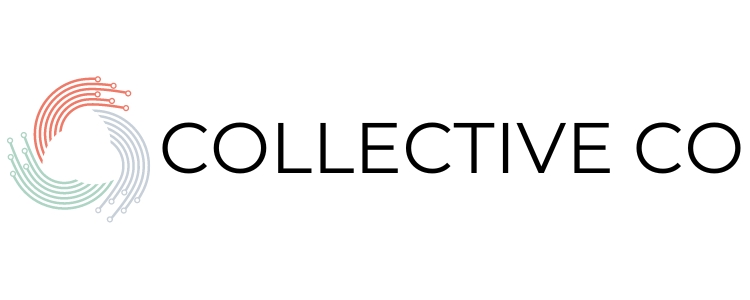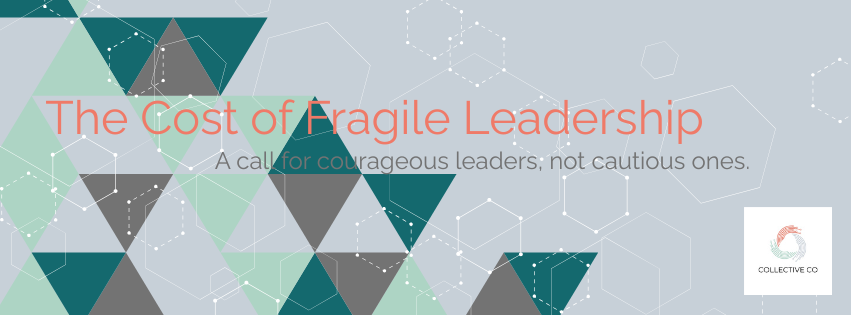A call for courageous leaders, not cautious ones.
Fragile leadership shows up in subtle ways—avoiding conflict, getting defensive when challenged and refusing feedback.
And it has the potential to hurt your culture more than you think.
Let’s unpack what’s really at risk:
1. Fragile Leadership breaks trust.
The foundation of a high-performing team is vulnerability-based trust. But fragile leaders struggle here. Why? Because they fear being exposed. They hold tightly to control, present a polished front, and rarely say, “I got that wrong.”
But if the leader can’t go first in vulnerability, no one else will either. It will be nearly impossible to create a healthy culture.
Leadership check-in: Can your team say hard things to you without walking on eggshells?
2. Fragile Leaders avoids conflict.
Healthy conflict is where decisions are discovered. But fragile leaders avoid conflict like it’s toxic, when in reality—it’s a tool in pursuit of the best decision. It’s been said, “If you’re not having conflict, then one of you isn’t necessary.” Whew, that packs a punch.
If you’re shutting down debate, spinning everything positively, or ghosting the tough conversations, your team isn’t operating in truth. They’re operating by chance and hope. Hope is not a strategy.
Leadership check-in: Are you leading through clarity or comfort?
3. Fragile Leaders choose the perks over the pressure.
Reward-centered leadership—and fragile leaders often fall into this trap. They like the position but resist the responsibility. Especially the gritty parts: holding people accountable, managing poor performance, and having difficult conversations.
Leadership check-in: Are you doing the hard work of leadership or hoping the hard things will get better over time?
4. Fragile Leaders actually block organizational health.
Organizational health isn’t a “nice to have”—it’s your biggest competitive advantage.
But fragile leaders unintentionally stall progress and multiply their own pressure when they hesitate to over-communicate key messages. They tolerate misalignment. They let toxic behavior fester. Not because they don’t care—but because it feels too uncomfortable to confront.
Leadership check-in: Where are you choosing peacekeeping over real health?
Here’s how Healthy Leaders Lead:
✅ They embrace vulnerability.
Not as a PR move or an HR responsibility. Leaders who embrace health as a strategy admit faults. Ask for help. And model what humility looks like at the top.
✅ They build muscle for discomfort.
They stop treating conflict like a threat and start seeing it as a tool for mentoring and helping people to be all they can be. They don’t love the tension—but they don’t run from it either.
✅ They keep the right motive in front and center.
It’s about communicating time, over time, over time the “Why, Behavior, What and How”.
✅ They surround themselves with humble, hungry and smart (EQ) people on their teams.
No more echo chambers. They invite honest feedback, and they listen—really listen—when it comes.
Here’s the bottom line:
Fragile leadership is unsustainable—and unnecessary. It multiplies pressure. You don’t need to be superhuman to lead well. You just need to be honest, clear, and willing to grow.
A fragile ego will create a fragile organization.

